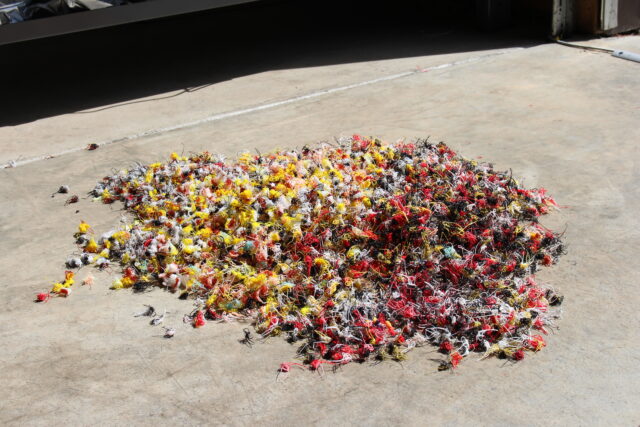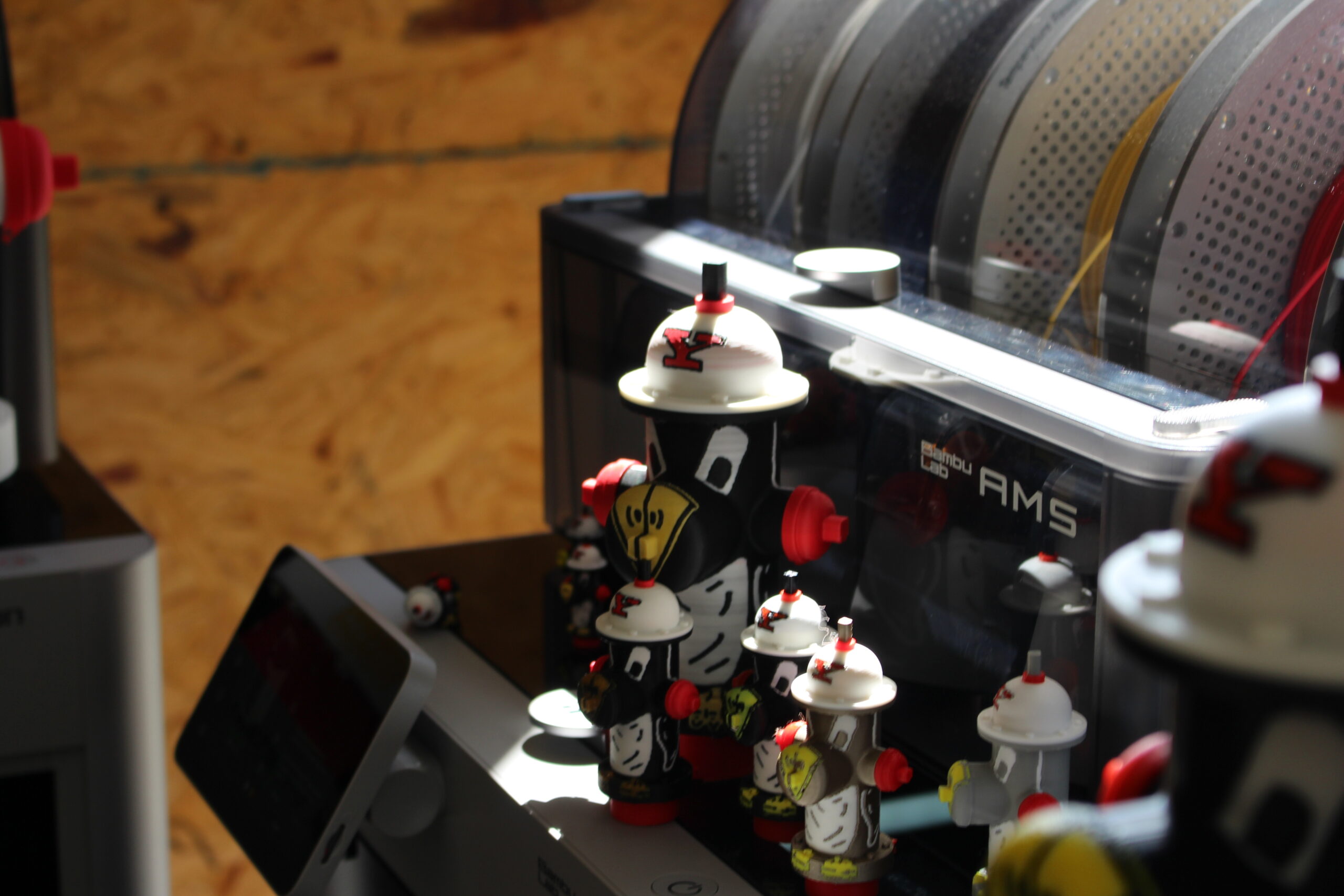By Christopher Gillett
Jambar Contributor
Zachary Simon has turned his childhood love of toys into a profitable business as an adult.
The former Youngstown State University student operates LocallyPrint3D, which produces 3D-printed knickknacks.
“Growing up, there was nothing to make your own toys. I was always super into Legos and that kind of deal,” Simon said. “When 3D printing came out, people were able to make their own plastic toys [and] parts. That kind of sparked something in me, and from then, on I became a hobbyist 3D printer.”

Simon has promoted his business through social media stunts, such as hiding 3D-printed items around Youngstown. These include miniatures of YSU Penguin fire hydrants found across campus.
The stunts have worked, increasing LocallyPrint3D’s social media presence on apps such as its Instagram, @locallyprint3D.
Simon said he also credits his love of science fiction for his fascination with 3D printing.
“3D printing has always been kind of like a futuristic science fiction type manufacturing process, and I always was interested in ‘Star Wars,’” Simon said. “Not so much as ‘Star Trek,’ but’ Star Trek’ has the fabricators, and they press a button and something pops out of nothing.”
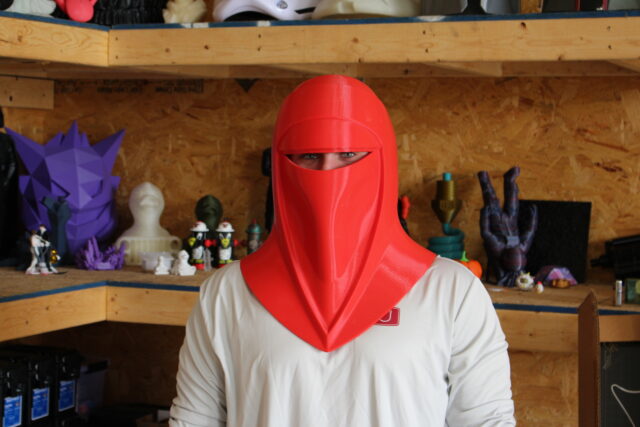
Being raised in the Mahoning Valley, Simon said he wants to give back to Youngstown through his business, regardless of profits.
“In Youngstown, a popular thing you hear is ‘Oh, there’s nothing to do. It’s very boring,’” Simon said. “I’m not really trying to make a whole bunch of money on these. I’m just trying to get a very even amount back. I just want to charge people what I’m making for it.”
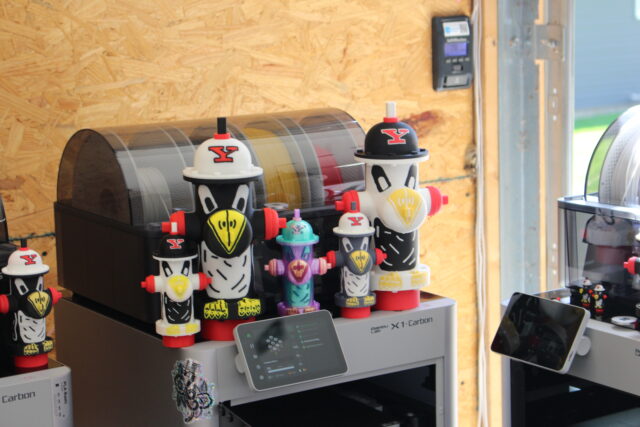
Simon’s father is Jeff Simon, a prominent property owner and operator of Simco Management. Simon said his father and his reputation in the business community are inspirations.
“I’ve always tried to live up to his shoes — and the fact that this is taking off and this business of my own is kind of taking into effect now — it makes me happy because it makes me feel like I’m proving myself worthy to him,” Simon said.
3D printing is done using filaments, which often produce waste. Simon said when he started, he had to learn to deal with more waste through print failures.
“[I] would get 75% of a print done and then it would fail or fall off the plate or warp, and when that happens, the part is basically trashed, and you would use 75% of the materials for a full part,” Simon said. “It’s almost a complete waste.”
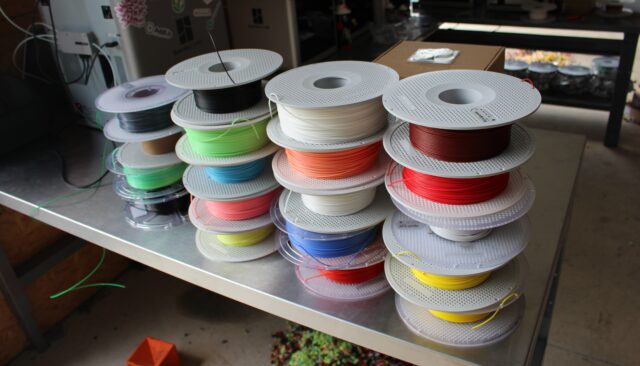
While 3D printing produces waste, Simon said he hopes to recycle it.
“Instead of putting it in our landfills, I would like to start collaborating with companies. There’s a couple overseas where you’re able to send this waste in, and they will take it, melt it down and make it into new filament,” Simon said. “That’s a great sustainable way to keep plastic out of our landfills, and continue to print with waste.”
Simon is currently working on a website to sell his products and said he hopes to have it up soon.
